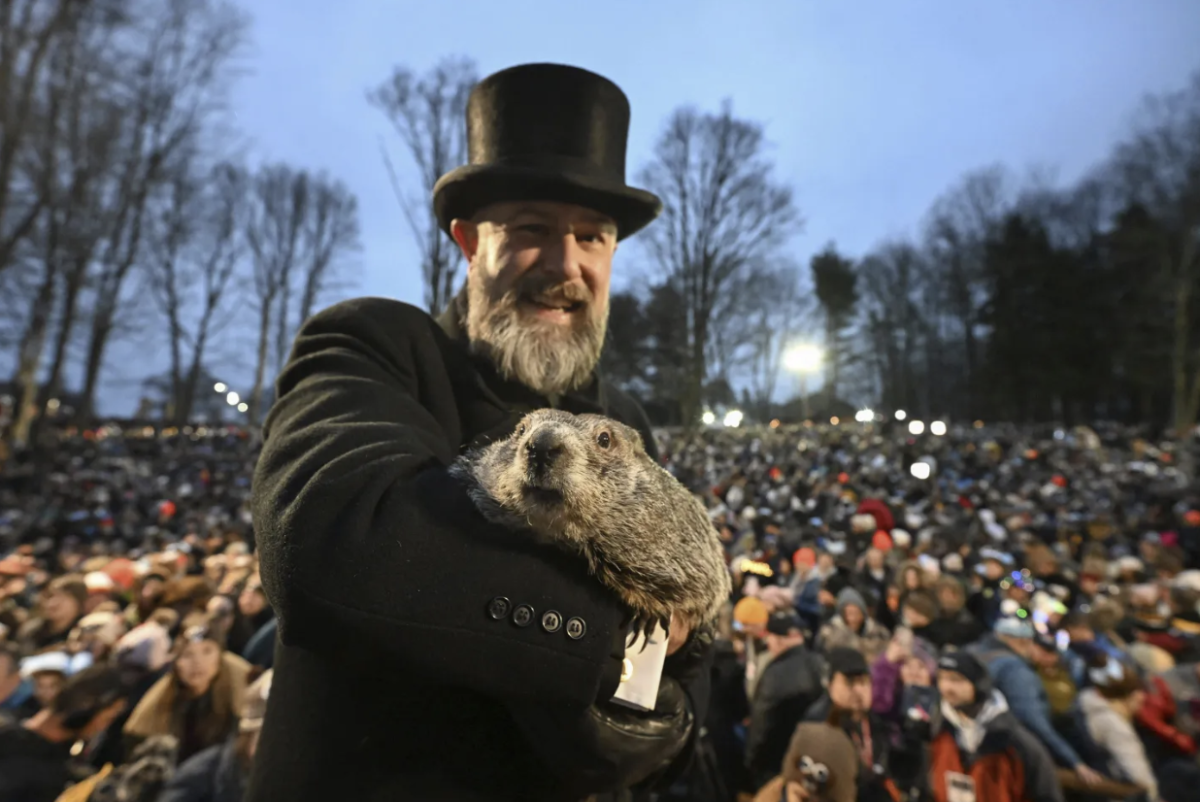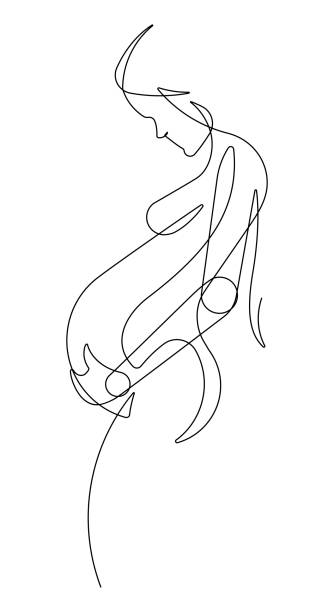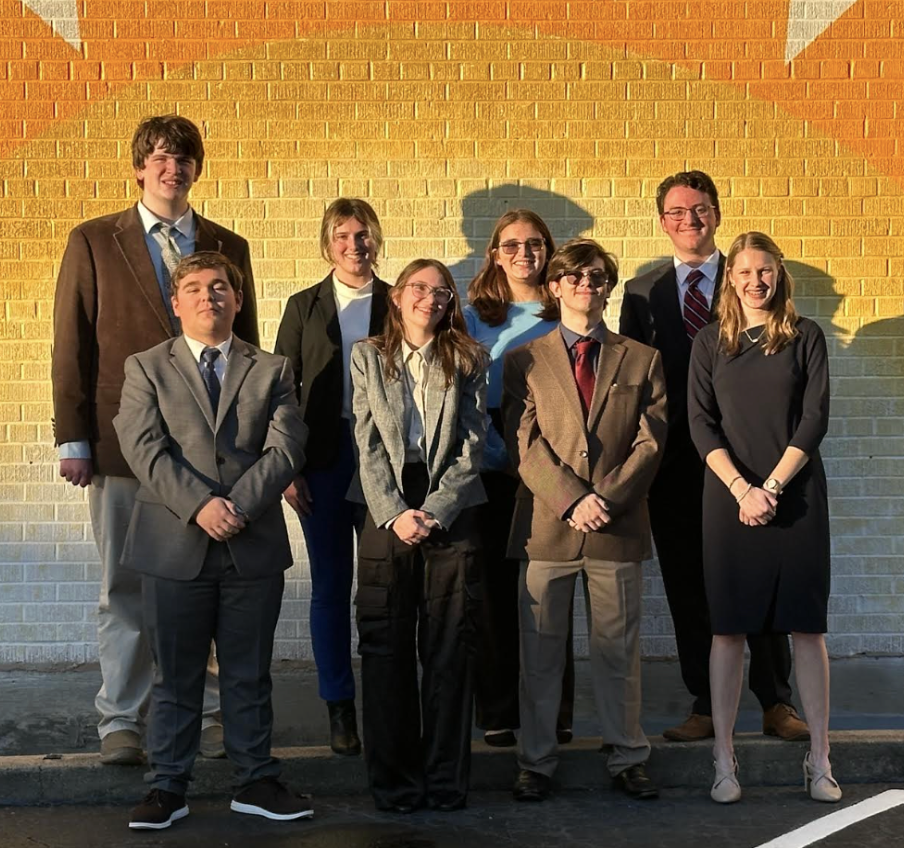On February 2nd of every year, the controversial debate on whether there will be another six weeks of winter or early spring is all determined by a minuscule, furry animal dubbed the groundhog. Most wonder how this creature could comprehend and predict such a thing as seasonal changes, although usually whatever is determined is correct. While most Americans have a basic understanding of Groundhog Day, the history behind the tradition is hardly known. This tradition is native to German culture, which originated from European religious beliefs in Christianity. Most Europeans believed that “a sunny Candlemas (a feast commemorating the presentation of Jesus at the holy temple in Jerusalem) meant another 40 days of cold and snow.” (History). Therefore, Germans adopted this mode of tradition and made it theirs by “pronouncing the day sunny only if badgers and other small animals glimpsed their shadows.” When an influx of German individuals immigrated to the United States between 1820 and World War I, they brought their traditions with them, giving the now infamous groundhog the power to be the “annual forecast” on February 2nd. Nevertheless, the day was chosen as the national holiday because it serves as the medium between the Winter solstice and the Spring equinox. The first celebration of Groundhog Day took place in Punxsutawney, Pennsylvania, when a group of business people and groundhog hunters found a groundhog that they determined would be named Punxsutawney Phil. Consequently, these people became known as the Punxsutawney Groundhog Club. However, recently “yearly festivities in Punxsutawney are presided over by a band of local dignitaries known as the Inner Circle. Its members wear top hats and conduct the official proceedings in the Pennsylvania Dutch dialect. “They supposedly speak to the groundhog in ‘Groundhogese’,” exclaims History writers. Whether or not most have confidence in all of what Groundhog Day is, Punxsutawney Phil, the groundhog, has “predicted an early spring (by not seeing his shadow) just 21 times, including last year, according to the numbers announced by the Groundhog Day ‘Inner Circle’,” explains the News Center of Maine. The tradition continues to spark disputes between different social platforms or conversations due to everyone’s desire for summer or winter, which is left to be pronounced by Punxsutawney Phil’s shadow.
Late Winter or Early Spring? Only the Groundhog Can Tell
0
More to Discover


















